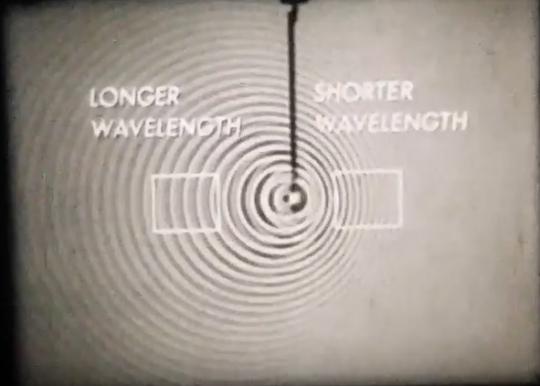#radio waves
Radar stands for RAdio Detection And Ranging.

The way radar guns work to find out the speed of an object is that a high frequency radio wave is transmitted from the gun onto the object whose speed you would like to measure.
This wave bounces off the moving object and then returns back to the radar gun.

A circuit in the gun amplifies the signals and adds them together.
Case – I
Let’s consider a stationary object. Any wave that hits the object reflects back and get back to you in the same frequency.
Since the frequency of the received wave is same as the transmitted wave, you get another wave with the same frequency when you add them up.
Case – II
Now if that object is moving with some velocity, your reflected wave would be “Doppler shifted”.

Doppler effect is the increase (or decrease) in the frequency of sound, light, or other waves as the source and observer move toward (or away from) each other.

This means the frequency of the received wave is different than the transmitted wave. And when you add those two signals of different frequencies up you get a pulsating beats effect:

Since each velocity corresponds to a particular beat frequency, radar guns use the beat frequency as a measure to find out how fast an object is moving.
For example, if 60mph corresponds to a 20 Hz beat frequency.
If you are moving at 100mph instead (say), the beat frequency measured by a cop’s radar gun would be higher than 20Hz.

And that’s how cops know exactly how fast you were going! Have a great day! Drive safe!
** This post masks a huge chunk of engineering of that goes behind making one of these for the sake of simplicity.
But if you would like to learn more about the circuit underlying radar guns, an useful starting point would be this video
